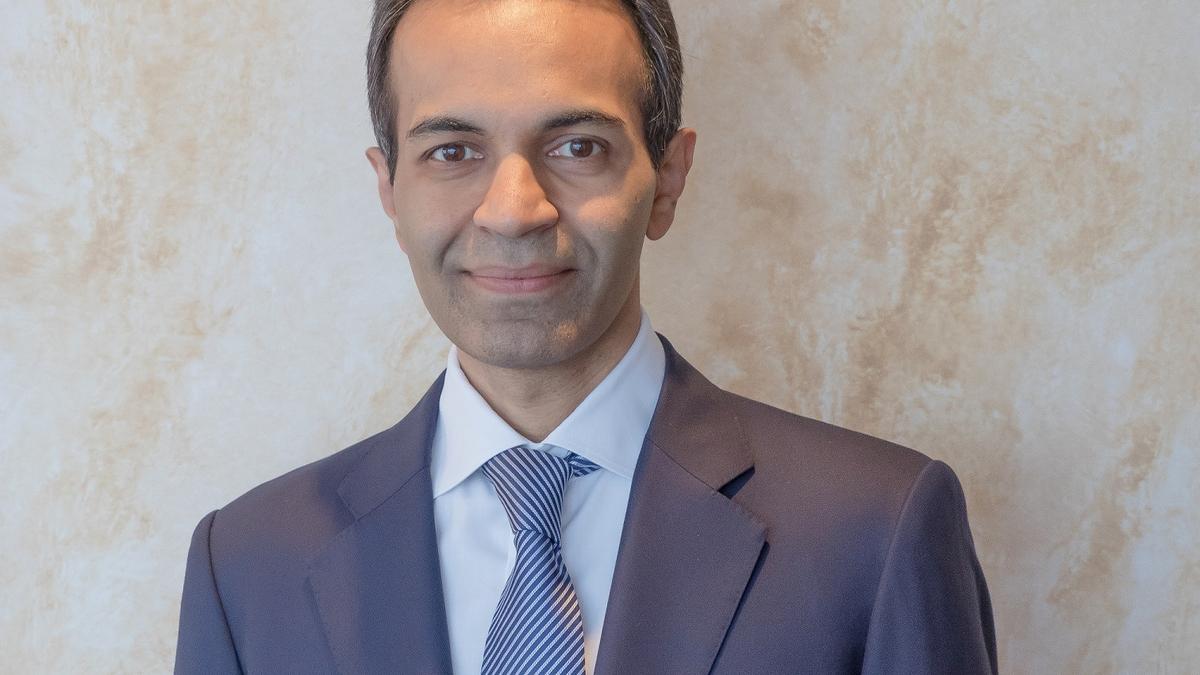
Ashok Leyland ‘highest’ Q1 CV sales results in ‘record’ revenue
The Hindu
Ashok Leyland reports record Q1 performance with highest-ever commercial vehicle volume, strong revenue, and profit growth.
Ashok Leyland Ltd. has reported the ‘highest-ever’ Q1FY25 commercial-vehicle volume resulting in a ’record’ revenue, EBITDA margins and profit before tax, a top official said here on Thursday.
“Q1 industry volumes were at comparable levels of the previous peak of Q1FY19. ALL’s Q1 performance has beaten all expectations, we have been able to post excellent results with focused market performance while reining in costs,” Executive Chairman Dheeraj Hinduja said during press interaction.
“Going forward, we are confident of increasing our marketshare in bus and trucks segment. Our product pipeline is very strong. You will be seeing host of new product launches this year. It will help us strengthen our market and price position,” he said.
He also said that the record financial performance in Q1 gave ALL even more strength to move towards mid-term objective of achieving mid-teen EBITDA margins.
The commercial vehicle manufacturer reported standalone net profit for the June quarter contracted by 9% from the year earlier period to ₹526 crore.
“In Q1 FY24 of last year, as per the new tax structure, we had to restate the deferred tax liability from 35% to 25%. This meant we had a one-time gain of ₹172 crore in deferred tax liability last year in Q1 FY24,” he said.
“If we take that effect away from last year’s one-time gain from Q1 FY25 results, PAT would be at ₹526 crore. Which would have resulted in a 30% growth in profit after tax in Q1 FY25.”

The Union Budget unveiled on February 1, 2025, has come at a time of unprecedented global uncertainty and a flagging domestic economy. The real GDP growth is estimated at 6.4% for 2024-25 and between 6.3-6.8% for 2025-26, a far cry from >8 percent growth required annually to make India a developed nation by 2047. While much attention has been devoted to the demand stimulus through income tax cuts, not enough is said about the proposed reforms in urban development, tariff rationalisation, and regulatory simplification aimed at making Indian cities and corporates more competitive. Since the majority of economic activity is located in cities (urban areas account for ~55% of GDP) and produced by large corporates (~40% of the national output and 55% of India’s exports), the above-mentioned reforms have a pivotal role in improving India’s trend growth rate. Below we unpack each reform.












